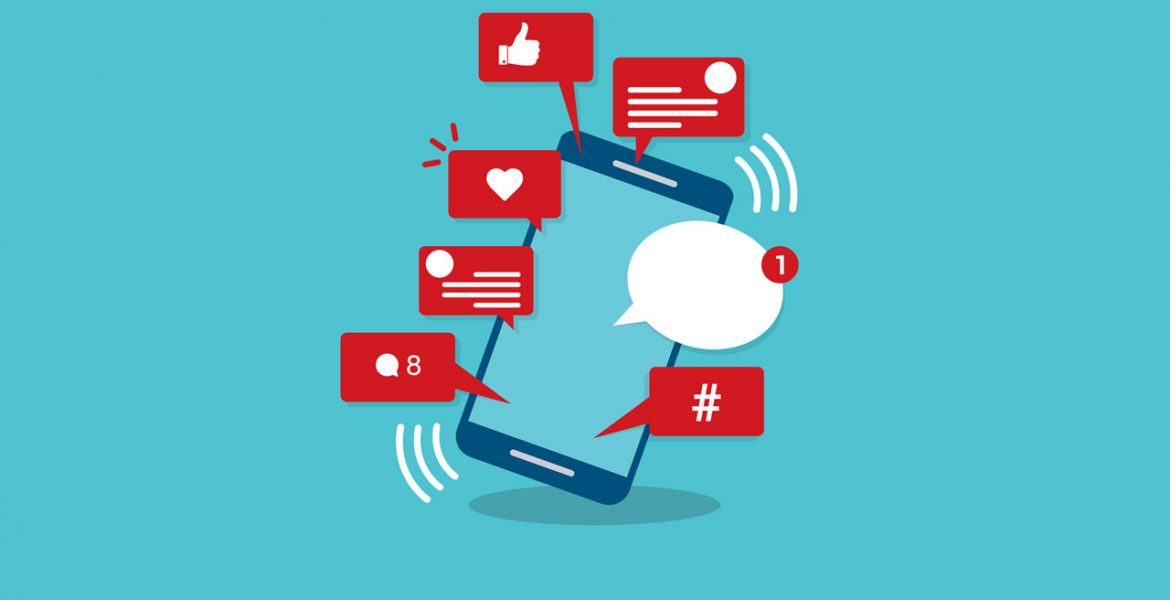The like button is synonymous with social media. A simple, quick and instant way of showing your appreciation. The little blue thumb has become a totem of the digital age.
So, when Instagram – and more recently Facebook – announced that they would be experimenting with hiding the like count on user posts, it came as a surprise to many. It was particularly poignant for brands and influencers – many of whom have long been looking at like counts as an indicator of their success (or failure) on social.
But if you’re worried about losing the like button, I’d argue you’ve been thinking about social media in completely the wrong way.
That’s because likes are completely and utterly meaningless when it comes to measuring the effectiveness of social media for brands, and they always have been. Here’s why.
Zero Correlation
I’m sure you’ve heard the story of Arianna Renee, an Instagram influencer with over two million followers. In May 2019, she made headlines with a post detailing her struggle to hit the minimum order quantity for the launch of her own clothing line. How many did she need to sell, you ask? Thirty-six.
Two million followers. With a sky-high engagement rate. And she couldn’t even flog 36 t-shirts.
This is not an anomaly. This happens all the time. Misguided brands have been obsessed for years with metrics like followers and likes, viewing them as proxies for success on social.
It’s no real surprise to me that Facebook and Instagram are removing the like count – their agency reps have been discouraging advertisers from looking at engagement for years now.
Likes have always been a total red herring, bearing no correlation to effectiveness.
Who are you trying to convince?
Byron Sharp is a controversial figure. Love him or hate him, one of his biggest contributions to the science of marketing is his finding that growth comes from reaching all of the potential buyers in a category, not just the heavy ones. Penetration over loyalty.
Let’s take that insight and apply it to social. What sort of customers follow a brand on social? You’ve guessed it, it’s only the most loyal of customers. Now take that group, and slim it down even more to those people who actually bother engaging with a brand’s content. These aren’t loyalists, they’re die hard fanatics.
And whilst this might give you a warm fuzzy feeling inside, as Byron tells us, you don’t grow your brand when you focus on the heavy buyers. Looking at like counts as a proxy for ‘brand building’ is deceptive, and it leads you astray.
The Shift to Private
The final nail in the coffin for the like count? It’s the unignorable fact that platform behaviours have shifted dramatically over the last few years. Public engagement is in decline. Users now crave safer, more ‘closed’ environments where they can speak to their close friends without that random geezer you met travelling 9 years ago chipping in.
This means that when you’re measuring and optimising on engagement, you’re optimising towards a behaviour that is no longer the norm. You’re choosing an uphill struggle – an action that is loaded with friction for the user. For most, effective social requires leaning into the agenda of the platforms – not swimming against the tide. Public engagement is out, and it’s not coming back.
So What?
Measuring the like count was dangerous for brands on social, because it pushed them to optimise towards the things that really, never mattered.
The advantage of social is that it can allow you to measure the things that matter – you just need to really consider what that looks like.
Is your goal to brand build? Then look at metrics like brand uplift against the wider business goals, the level of recall on your content, the level of penetration against your target audience. That’s how we work with Kopparberg – we know that in order to grow the brand, we need to consistently reach our broad audience. So, we look at how many people we’re reaching, and whether the messages we want to resonate are resonating. It’s something that we explored in more detail in our white paper on brand building.
Is it more about driving short term sales through social? Then you need to focus everything on Return On Advertising Spend (ROAS) and Profit. Take a look at Chilly’s Bottles for example – we’ve helped them to sell over 200,000 bottles over the years through social media. We were only able to do that because we focused our resources on the things that mattered to them. We simply wouldn’t have got there if we had been measuring and optimising based on the like count.
So yes, like counts are going away. But it shouldn’t matter one bit. My hope is that with this move from Facebook, the industry obsession with engagement equalling success will end once and for all.

